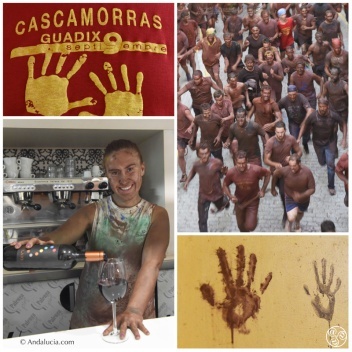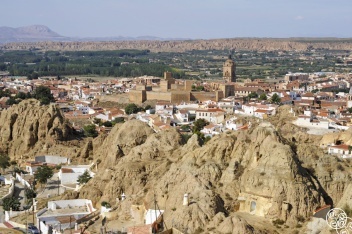Hotels in Guadix
Being one of the most popular towns in Granada province due to its fascinating history and cultural gems, it is no surprise that Guadix has a large selection of hotels and accommodation options. The hotels in Guadix are traditional and stylish, with everything from luxury accommodation to traditional Spanish guesthouses.


